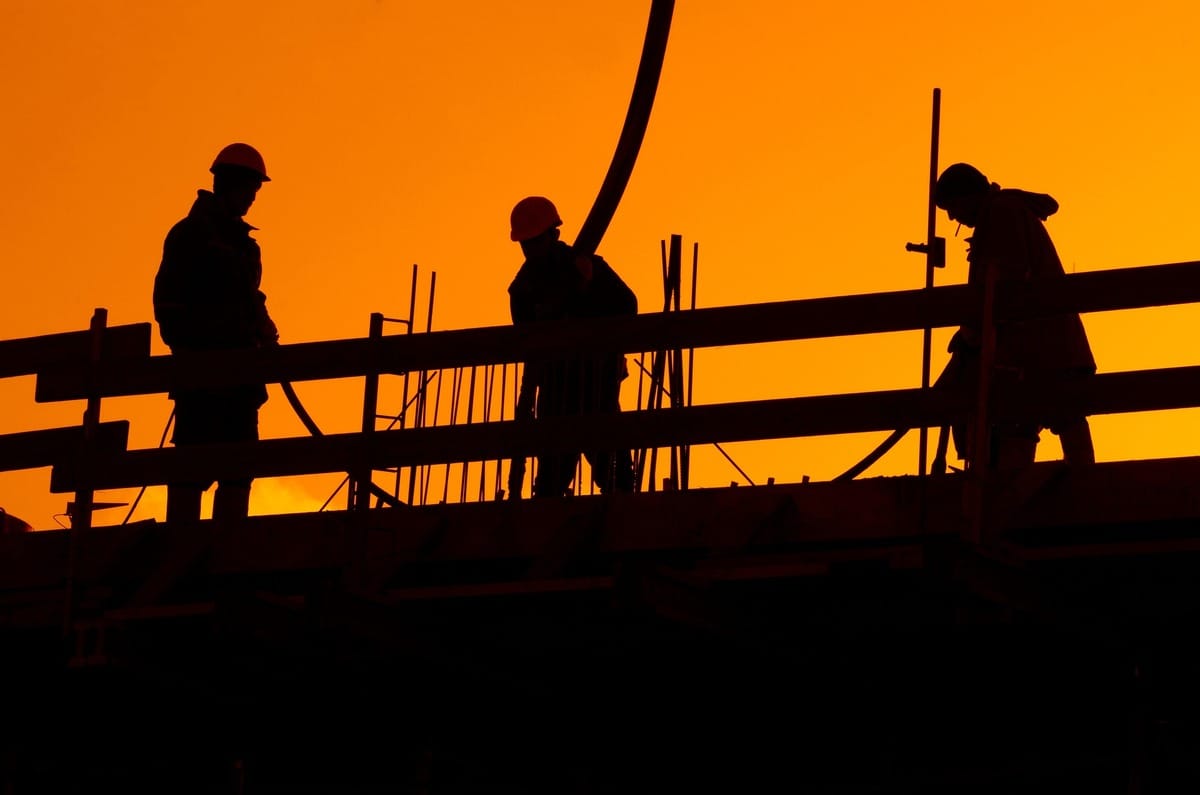- Full Brim Safety
- Posts
- Job Safety Analysis (JSA) Review
Job Safety Analysis (JSA) Review
Full Brim Safety: Build Smart, Build Safe

Job Safety Analysis (JSA) Review
Welcome back, let's Build Smart & Build Safe! We’ve covered continuous hazard assessment. Today, we're diving into the formal, systematic tool that helps you proactively identify hazards: the Job Safety Analysis (JSA), often called a Job Hazard Analysis (JHA).
A JSA is a mandatory planning step that breaks down a job into small steps to ensure every potential risk is identified and controlled before the work starts.
The Three Steps of a Job Safety Analysis (JSA)
A JSA is a living document created by the supervisor and the workers who will actually perform the task. It has three sequential columns:
1. Break the Job Down into Steps
Don't write a novel. List the basic sequence of actions required to complete the task.
Example Task: Installing a new steel beam.
Step 1: Stage the beam in the lifting area.
Step 2: Rig the beam for hoisting.
Step 3: Hoist the beam to the installation level.
Step 4: Secure the beam to the structure.
2. Identify the Potential Hazards for Each Step
For each step you listed, brainstorm every potential source of harm. Use the four categories (Physical, Chemical, Biological, Ergonomic) we covered yesterday.
Hazard for Step 2 (Rigging): Being struck by the beam during rigging; pinch points; overloading the rigging hardware.
Hazard for Step 3 (Hoisting): Fall hazard from working near the edge; suspended load hazard; equipment tip-over.
3. Determine Controls and Responsibilities
For every single hazard identified, list the control measure that will eliminate or reduce the risk. Prioritize controls high on the Hierarchy.
Control for Step 2 (Overloading): Use certified rigging hardware; inspect hardware before each use; consult load charts (Administrative).
Control for Step 3 (Fall Hazard): Establish 100% tie-off procedures for ironworkers; secure work platform guardrails (Engineering/Administrative).
JSA as a Living Document
The JSA is not a file-and-forget form. It must be reviewed by all crew members before starting work and is only valid for the task and conditions it describes. If the plan changes (new equipment, new crew, or severe weather), the JSA must be reviewed and updated immediately.
Tomorrow, on Fall Protection Friday, we'll apply these identification skills to the most common, yet missed, fall hazards.
Please share us with your friends for a daily dose of construction safety tips!
-The Safety Man
